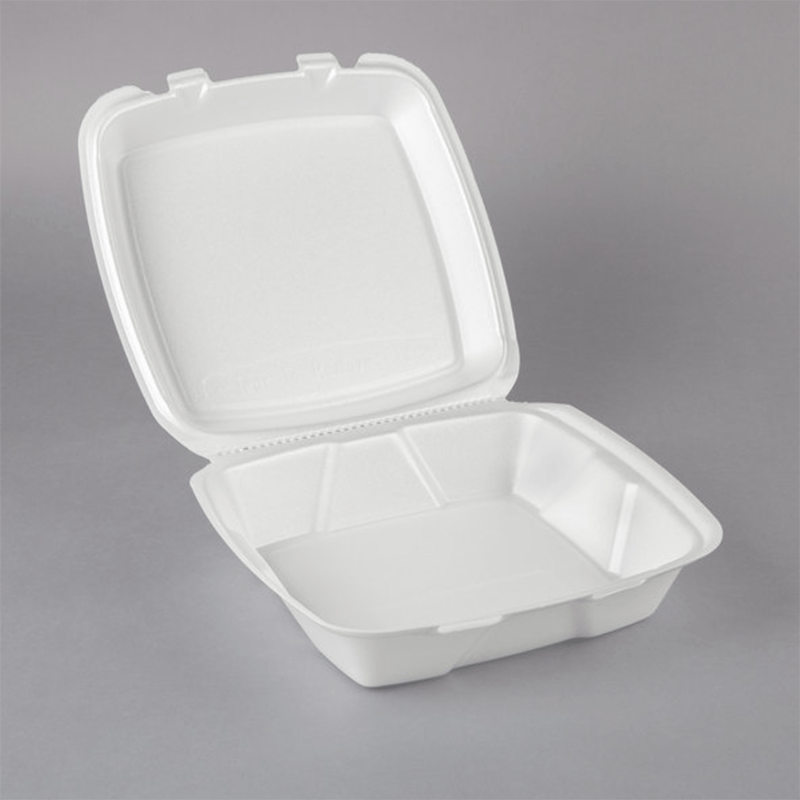
By: Trimy T.
Year: 2022
School: Westminster High
Grade: 9
Science Teacher: Huy Pham
Recognition of sustainability has grown over the years. Many different solutions have been brought up, such as reducing the usage of one-use products, reducing the usage of non-renewable resources, and efforts to reduce purchasing products that contribute to increasing carbon emissions. More specific examples of this include using reusable containers, turning off water tabs as well as lights if not in use, and eating a more plant-based diet (or incorporating more plants than meat in a diet). One solution that Trimy has noticed, is that many restaurants have been discontinuing packaging food in plastic/styrofoam containers. This number has seemed to increase as people have been ordering takeout more often due to quarantine.
Since many restaurants have been switching to more “sustainable” options, Trimy wanted to know if these options are actually sustainable, and if not, what would be a good alternative. This question/thought led her to the experimentation of sugarcane bagasse fiber based compostable packaging, which is believed to be a very good alternative to plastic/styrofoam packaging.
After research, experimentation, and analysis, Trimy has come to conclude that sugarcane bagasse fiber based compostable packaging is not the best alternative to styrofoam boxes used in most food businesses.
Sugarcane bagasse fiber based compostable packaging is durable as it can withstand temperatures of heat and moisture that the products would experience in a typical consumer use. The home composting process of these products were on the slower end of the time range (30-90 days) typically for home composting products. This is due to how these packaging boxes are designed for both home and commercial composting, however is mentioned in some cases mainly for commercial composting. I’ve found throughout my research this tendency of companies claiming to be 100% compostable to then their products being only commercially compostable.
This becomes a large problem because commercially compostable products can result in many complications when thought of as home compostable by consumers. The main complication being contamination of additional chemicals added. Contaminated compost is typically not accepted by farmers to be sold, resulting in a waste of, what was once good, compost. It seems to be hard to find a sugarcane bagasse fiber based home compostable packaging on the market at an affordable price that is truly 100% safe to compost at home.
This is assuming these compostable products are disposed of properly. When these items are wrongly disposed of, this can lead to the product being unable to compost correctly when in a landfill environment.
Conclusion
In conclusion, sugarcane bassage fiber based compostable packaging might not be the best alternative to styrofoam boxes due to complications in contamination and misusage. Though, there seems to be better alternatives being banana leaves and sugarcane bagasse fibers weaved with bamboo fibers. These other alternatives provide efficient use, durability, and environmentally-friendly.
